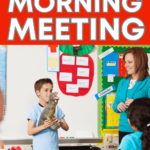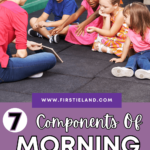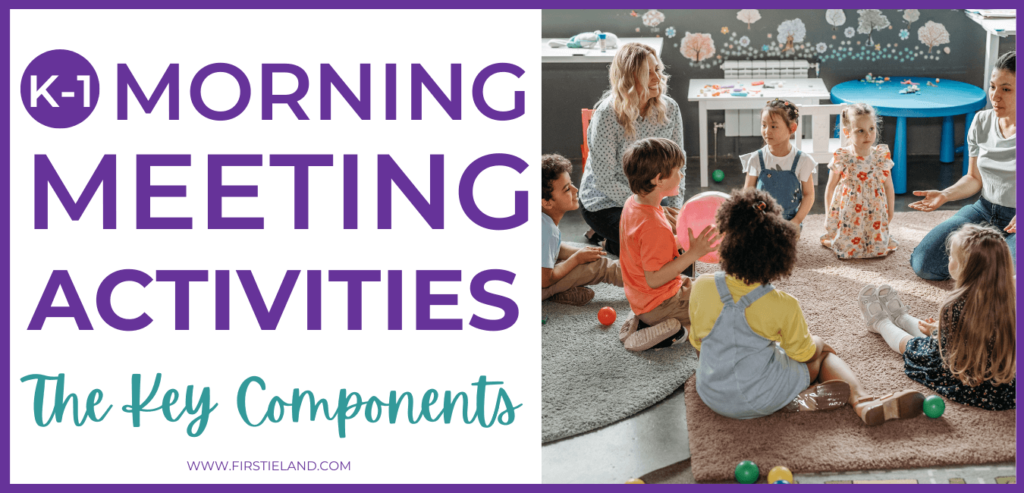
As kindergarten and first-grade teachers, we know that the beginning of the year sets the tone for everything that follows. The morning meeting is the perfect way to establish a strong sense of community from day one. Through the components of morning meeting, you can help students create a safe and supportive environment. Your morning meeting serves as a daily routine that not only builds a strong classroom community but also incorporates essential social-emotional learning and academic skills.
Morning meeting is a special time at the beginning of the school day when teachers and students gather together on the carpet to do different activities to start the day. This group activity helps teachers and students develop a strong classroom community and get to know one another. Let's look at all the components of the morning meeting and how you can incorporate them into your day.
7 Components Of Morning Meeting
1. Morning Meeting Greetings
The responsive classroom approach includes four basic components of morning meeting. The first of these is morning greetings. At the beginning of each school day, your meeting should open with a cheerful good morning greeting. This simple gesture is a great way to help students feel welcomed.
Greetings are a fun way to promote communication skills and build a sense of belonging. Greetings can be an excellent opportunity for eye contact and using students' names, fostering a sense of connection right from the start. Incorporating a growth mindset and character traits into greetings can also be an exciting way to infuse positivity into the morning routine. Some examples of different morning meeting greetings include:
- Handshake Greeting: Students pair up and shake hands with a partner while saying good morning in a unique way, like pretending to be animals or using silly voices.
- High-Five Greeting: Students give each other high-fives, adding a fun twist by clapping their hands, bumping elbows, or doing a dance move.
- Name Song Greeting: Sing a song where each student's name is sung in a catchy tune. This makes everyone feel special and included.
- Question Greeting: Students ask each other a question like “What's your favorite color?” or “What's your favorite animal?” This helps them learn more about each other.
Remember, the goal of morning greetings is to create a positive atmosphere and start the day with a smile. It's a simple yet powerful way to build a strong classroom community and set a positive tone for the rest of the day. So, let's greet each other warmly and make every morning a great start!
Head over here to read more about how to include greetings in your morning meeting.
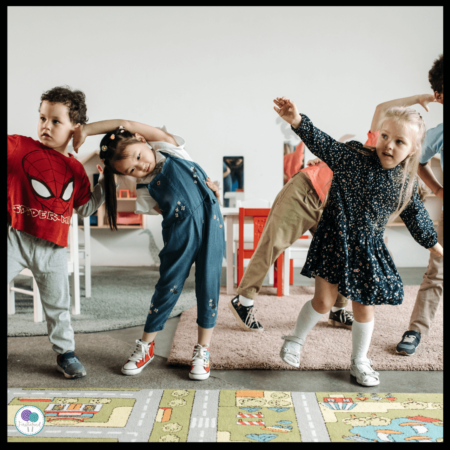
2. Morning Meeting Sharing Activities
The second component of the responsive classroom morning meeting is the sharing activity. Whether it's a student's latest adventure or a favorite family pet, sharing activities enhance communication skills and promote a safe space for expression in elementary school. As teachers, we can guide student shares in an organized manner, ensuring that each child gets a chance to shine.
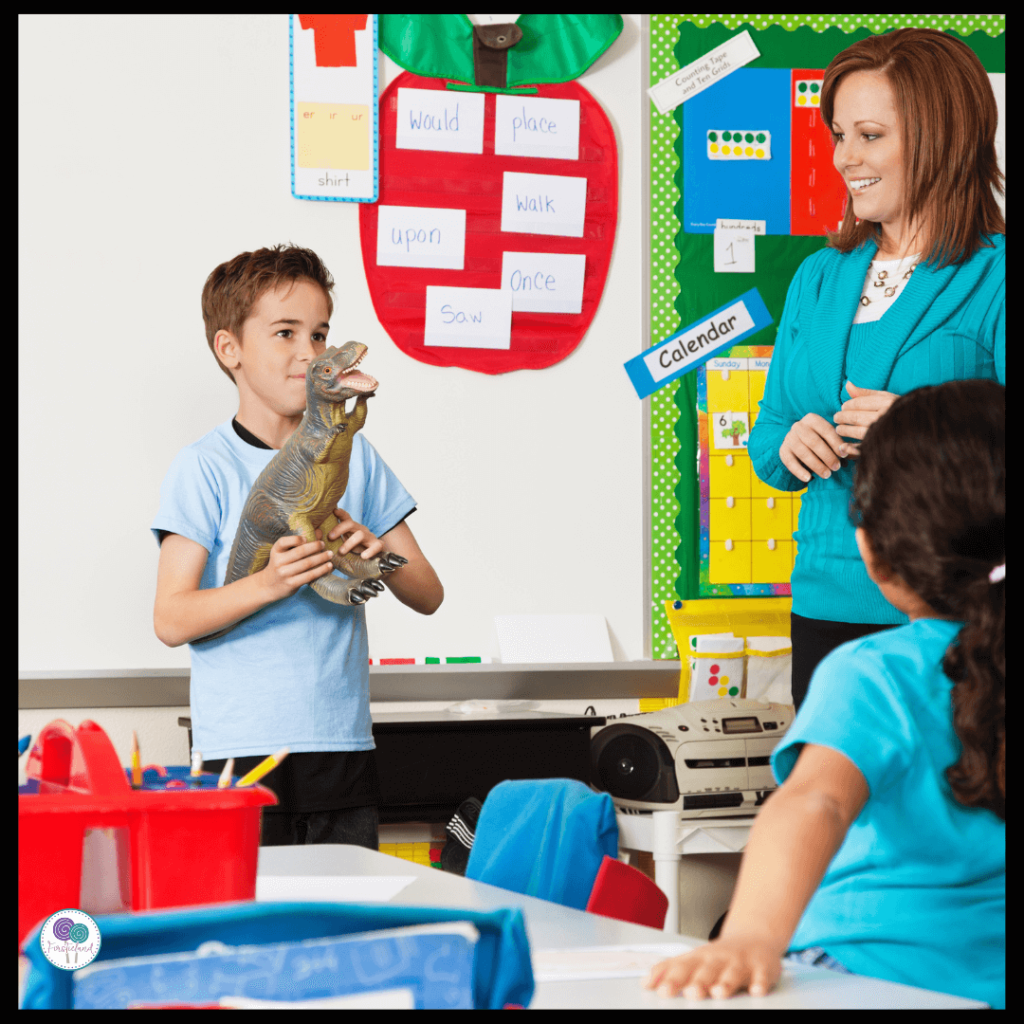
During sharing activities, students learn to listen actively to their classmates, showing respect for each other's thoughts and experiences. They build confidence as they share something about themselves, and this practice of self-expression is incredibly valuable for their social and emotional development.
Sharing activities can also help students learn about different cultures, hobbies, and interests, fostering a sense of curiosity and open-mindedness. By setting guidelines for sharing and providing a supportive environment, we create a space where every student's voice is heard and valued. So, encourage your students to share their stories, and watch how these activities weave a beautiful tapestry of experiences within your classroom community. Some ideas for sharing include:
- Students share special news.
- Students can share their thoughts on a topic.
- Students can share about a special experience.
3. Morning Meeting Group Activities
Another part of the responsive classroom approach to your class meeting are morning meeting group activities. They provide an engaging way for students to collaborate and interact with their peers at the beginning of the day. By working in small groups or as a whole class, students learn to cooperate, communicate, and problem-solve together. These activities also lay the foundation for a positive classroom climate and set the tone for future collaborative endeavors.
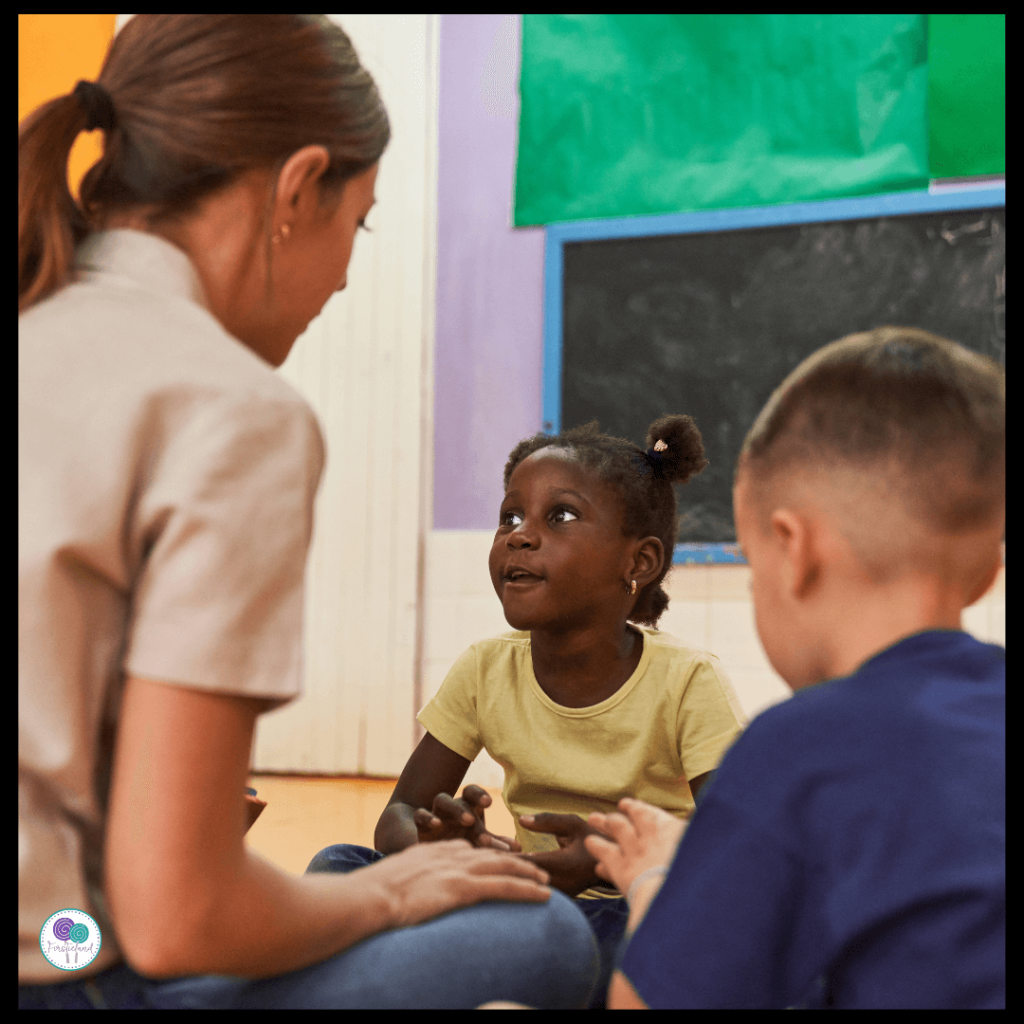
Group activities can take various forms, from fun icebreakers that help students get to know each other better to more structured tasks that require teamwork and critical thinking. These activities encourage students to share ideas, support one another, and celebrate each other's successes. When students collaborate, they not only strengthen their social skills but also enhance their academic learning.
As educators, we have the opportunity to guide these interactions, ensuring that every student is included and valued in the group. Through morning meeting group activities, we foster a sense of unity, respect, and shared achievement that extends far beyond the morning meeting.
Some group activities that are great for community building during your morning meeting could include:
- Role-playing activities
- Icebreakers
- Group challenges
- Turn and talk activities
Head over here to read more about group activities you can do during your morning meeting.
4. Morning Message
The morning message is one of the components of morning meeting and a cornerstone of the responsive classroom routine. It's a written or spoken message from the teacher that sets the tone for the day and subtly infuses learning into the morning routine. The morning message can be a wonderful way to build excitement for the day's activities and provide students with a clear sense of purpose.
As teachers, you can use the morning message to share important information, such as the schedule for the day or any special events. But it's also a chance to incorporate a little bit of academic content in a fun and engaging way. For instance, you can include a math challenge or a riddle that students can solve together. By doing this, you're seamlessly integrating learning into the morning routine, making it a great way to kick-start the day.
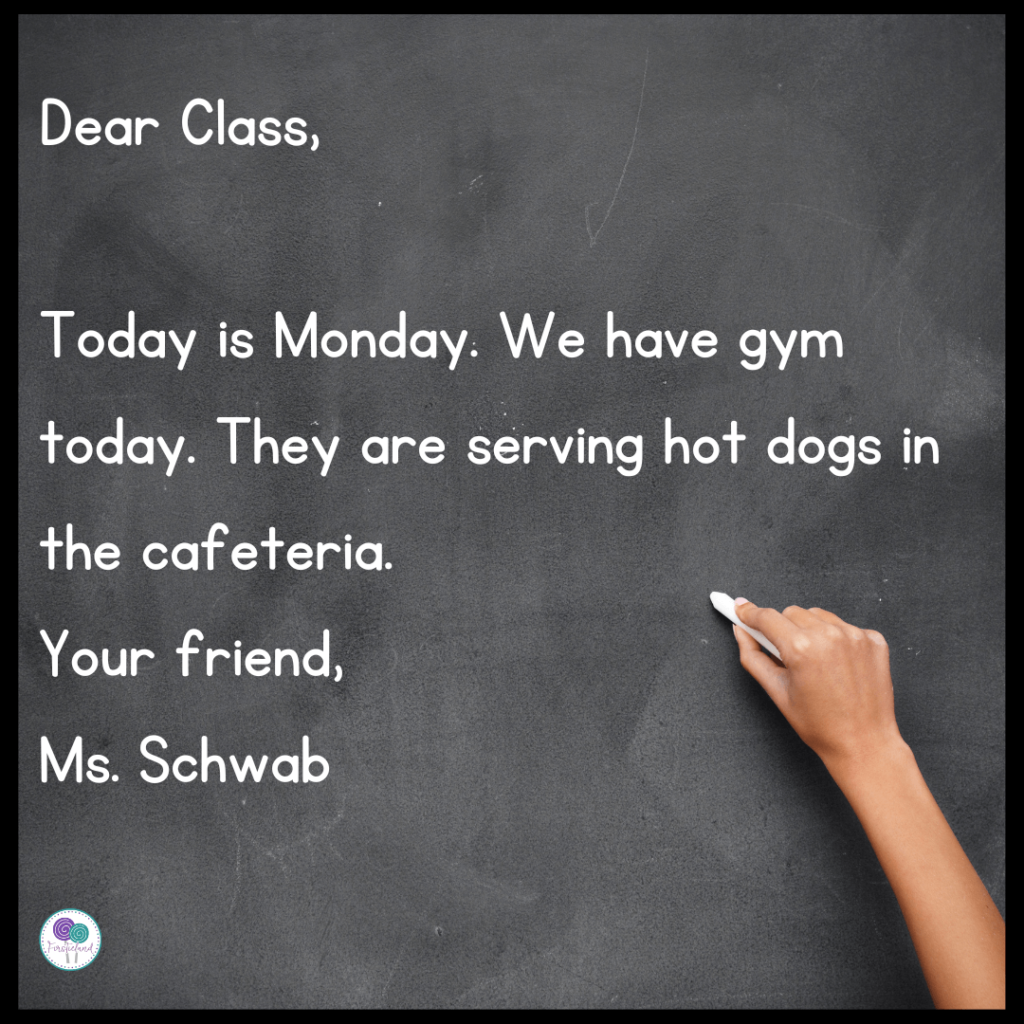
Moreover, the morning message helps create a sense of predictability and structure in the classroom. Students know what to expect and can mentally prepare for the day ahead. It's also a fantastic opportunity for teachers to model positive self-talk and set a tone of encouragement and enthusiasm. By starting the day on a positive note, you're setting the stage for a productive and uplifting learning experience.
Some different topics you could include in your morning message could be:
- Important classroom announcements
- Special upcoming events or activities
- Academic content such as math problems or word games
5. Morning Meeting Games
Who says learning can't be fun? One of the favorite features for students are morning meeting games. Incorporating a morning meeting game into the routine can be a delightful surprise for students. It's a fantastic opportunity to incorporate academic skills and concepts in an engaging and interactive way. Games are a hit among young learners and keep them excited about participating in the morning routine.
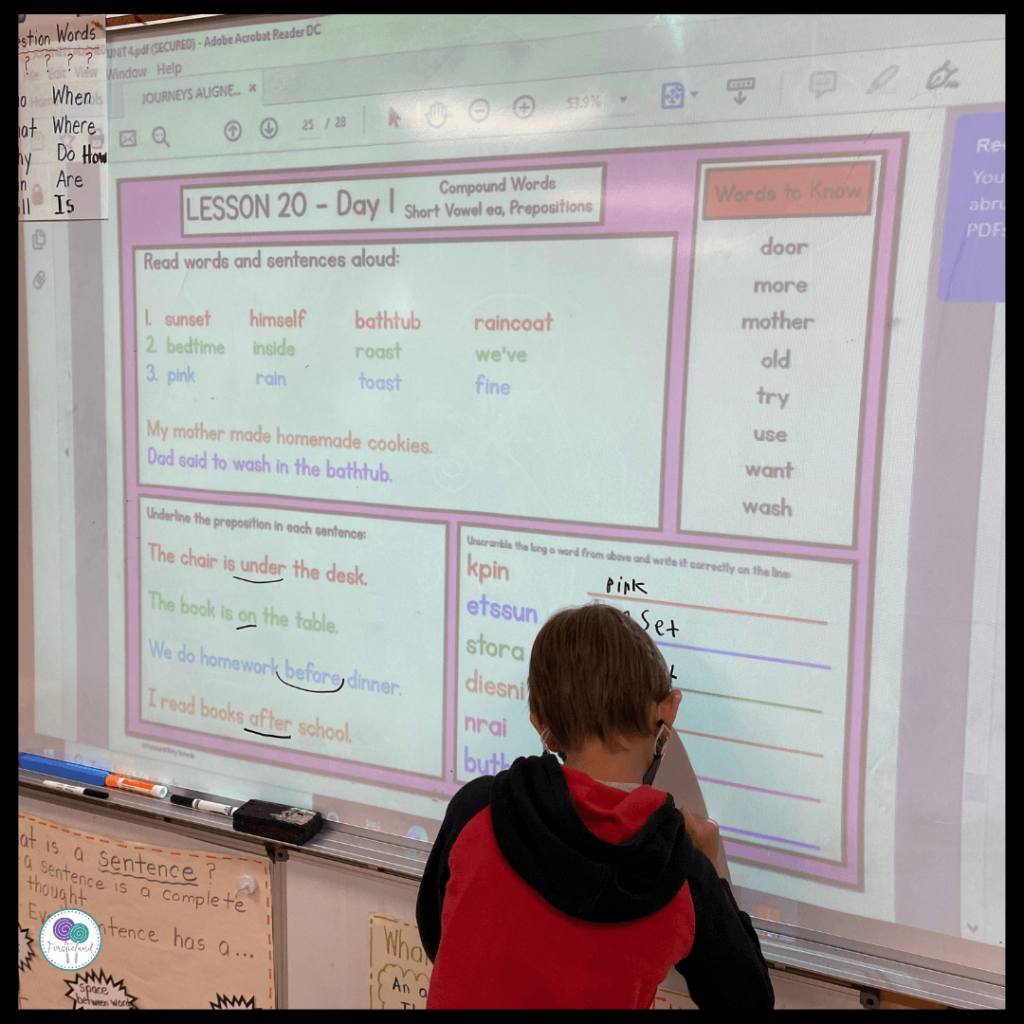
Morning meeting games come in a variety of styles and formats. From active movement games that get students up and moving to quiet brain teasers that challenge their critical thinking, these games can bring a touch of play to the start of the day. Whether it's a game of “Simon Says” to review concepts or a math scavenger hunt where students solve problems to find clues, the possibilities are endless. The key is to ensure that these games are not only enjoyable but also align with the curriculum, reinforcing the academic skills they're learning.
A few games to include in your morning meeting could be:
- TicTacToe
- What's missing?
- Would you rather?
6. Morning Meeting Slides
Incorporating technology into your day has never been easier. Morning meeting slides can guide the flow of the meeting, ensuring that each component is covered within about 20-30 minutes and keep kids engaged throughout the meeting. They can include a variety of elements, from timers that help manage the time for each activity to visual cues that illustrate transitions between segments. With the help of morning meeting slides, you can seamlessly weave together greetings, sharing activities, games, and more into a cohesive and dynamic experience.
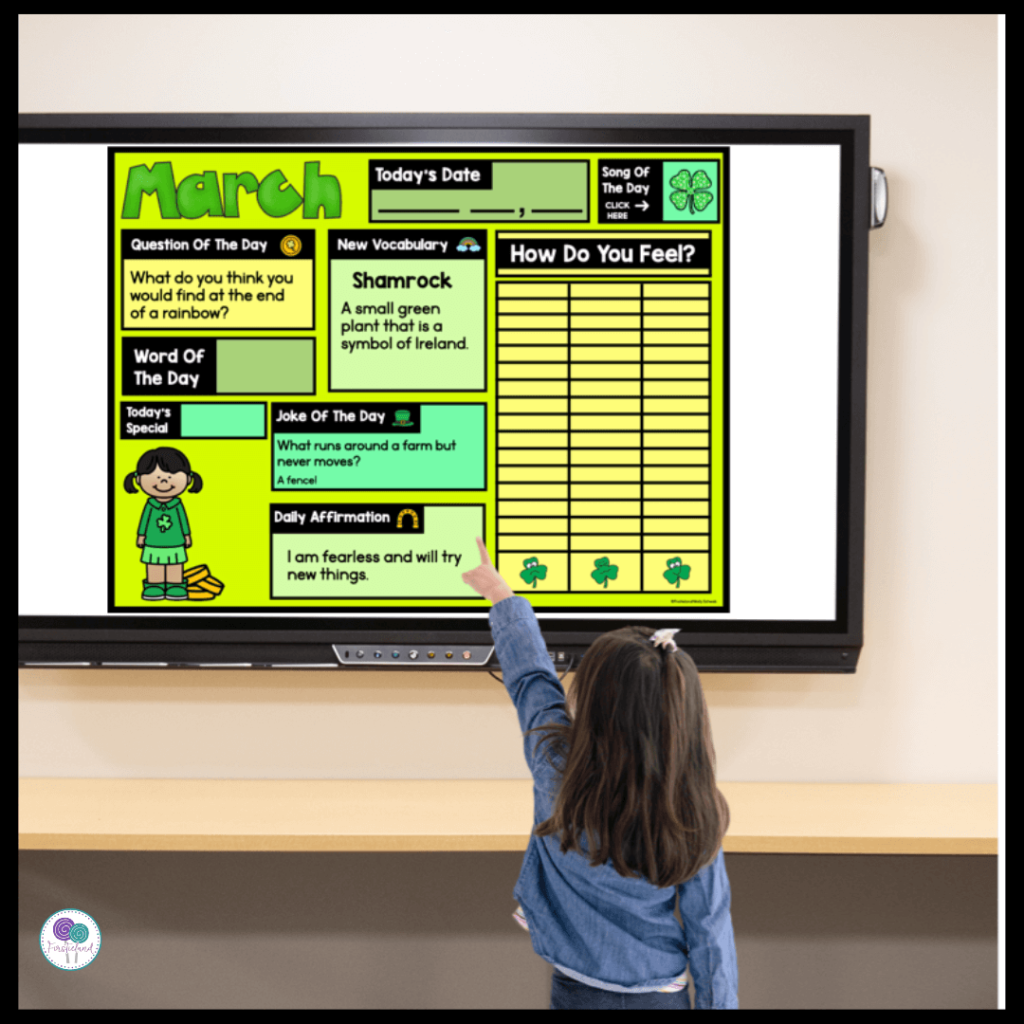
Morning meeting slides can also help things stay organized and keep everyone interested. They make the routine the same every time, so students feel safe and know what to expect. The pictures and reminders on the slides help students move from one activity to the next without any problems. This way, there are fewer chances for things to get interrupted. The slides also help you have more time to talk with students and do fun learning activities because things are organized. So, using these slides is a smart way to make your morning meetings better and more focused on learning and having fun together.
Some of the benefits of morning meeting slides include:
- Slides give students a visual aid
- Slides include interactive elements that get kids involved
- Slides help you transition smoothly between morning meeting activities
Head over here to read more about how to include slides in your morning meeting.
7. Morning Meeting Questions
The “question of the day” is a beloved segment of the Morning Meeting. From “What's your favorite color?” to “If you could travel anywhere, where would you go?” these questions offer a window into students' lives and promote meaningful conversations. This segment can also be tailored to align with special events or themes throughout the school year.
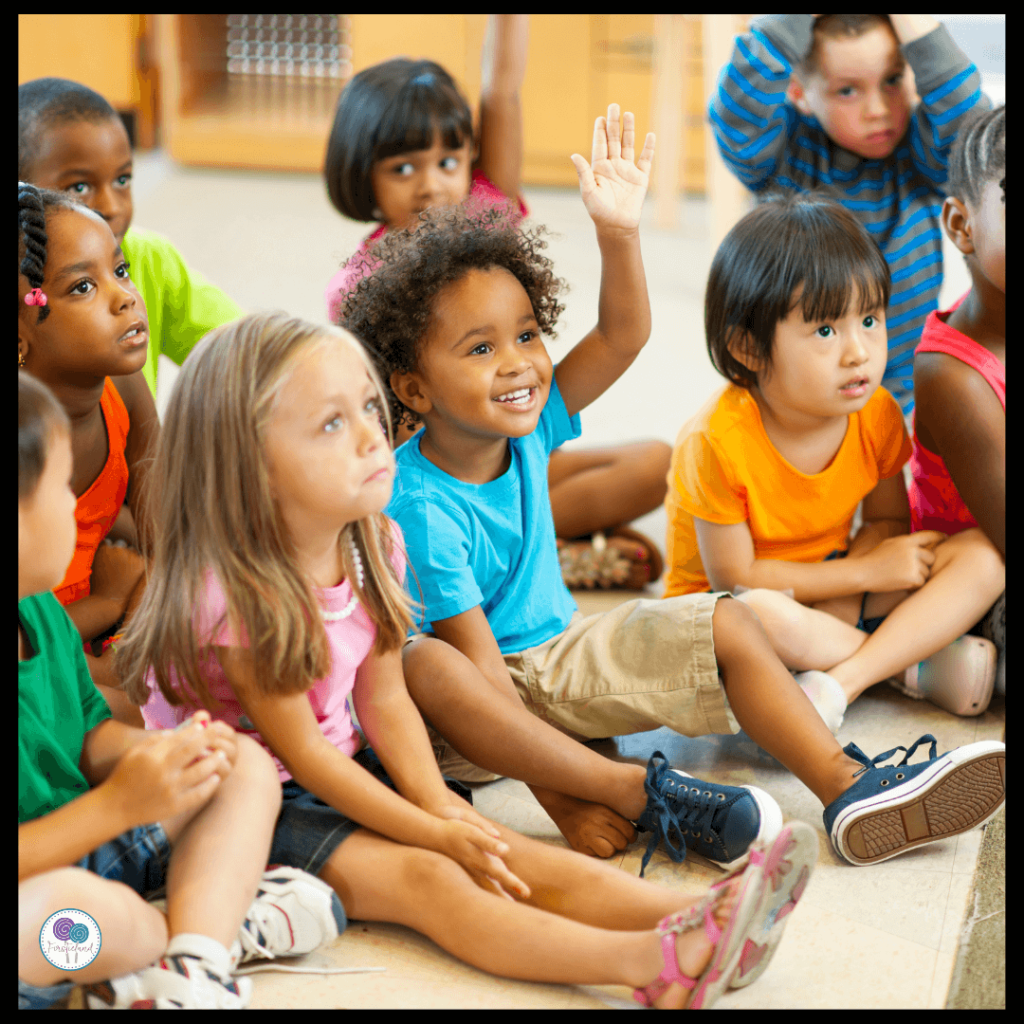
Morning meeting questions are a chance for students to share their ideas and hear what others have to say. This sharing makes your class community stronger and more connected. Plus, it's exciting because sometimes the questions match what you're learning about. For instance, if you're reading about animals, the question might be about your favorite animals. Or if it's close to a holiday, the question could be about the students' holiday traditions. So, when kids answer these questions, they're not just talking – they're building friendships and making your class a wonderful place to learn and have fun.
Here are a few reasons to use questions in your morning meeting each day:
- Encourages students to express their thoughts
- Helps students learn how to form an opinion
- Builds social skills
Morning meeting can be a great way to build classroom community right from the start of the year. From the cheerful greetings that start your day to the exciting games, heartwarming sharing moments, and thought-provoking questions, every component plays a special role in creating a classroom where everyone feels welcomed, understood, and connected. By coming together in the morning, you're not just starting the day; you're setting the stage for a year filled with growth, kindness, and fun.
Get started with morning meeting today!
Ready to get started with morning meeting? Grab this year-long curriculum that includes daily morning meeting slides with 9 different components that include songs, daily jokes, new vocabulary, daily affirmations and more! Take a closer look at it here.

Looking for more ideas for your morning meeting? Take a look at these posts:
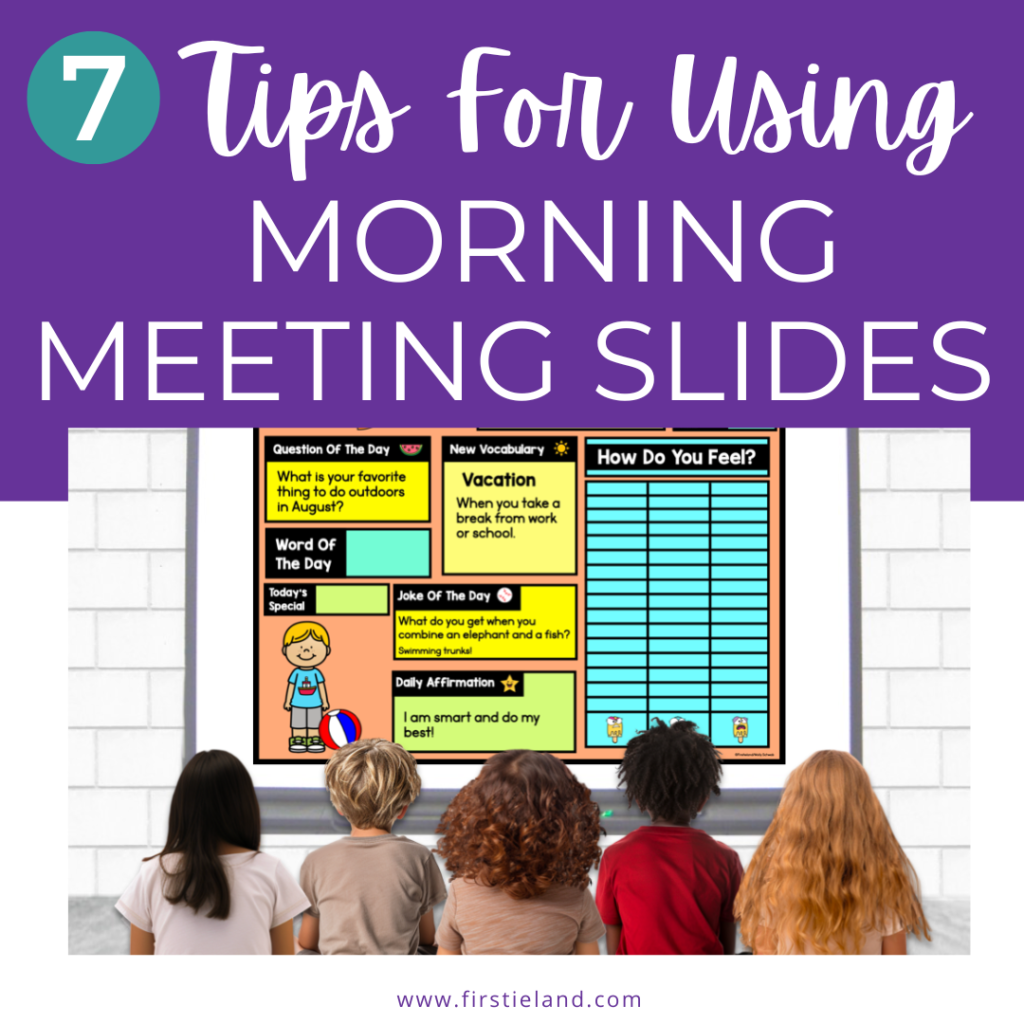
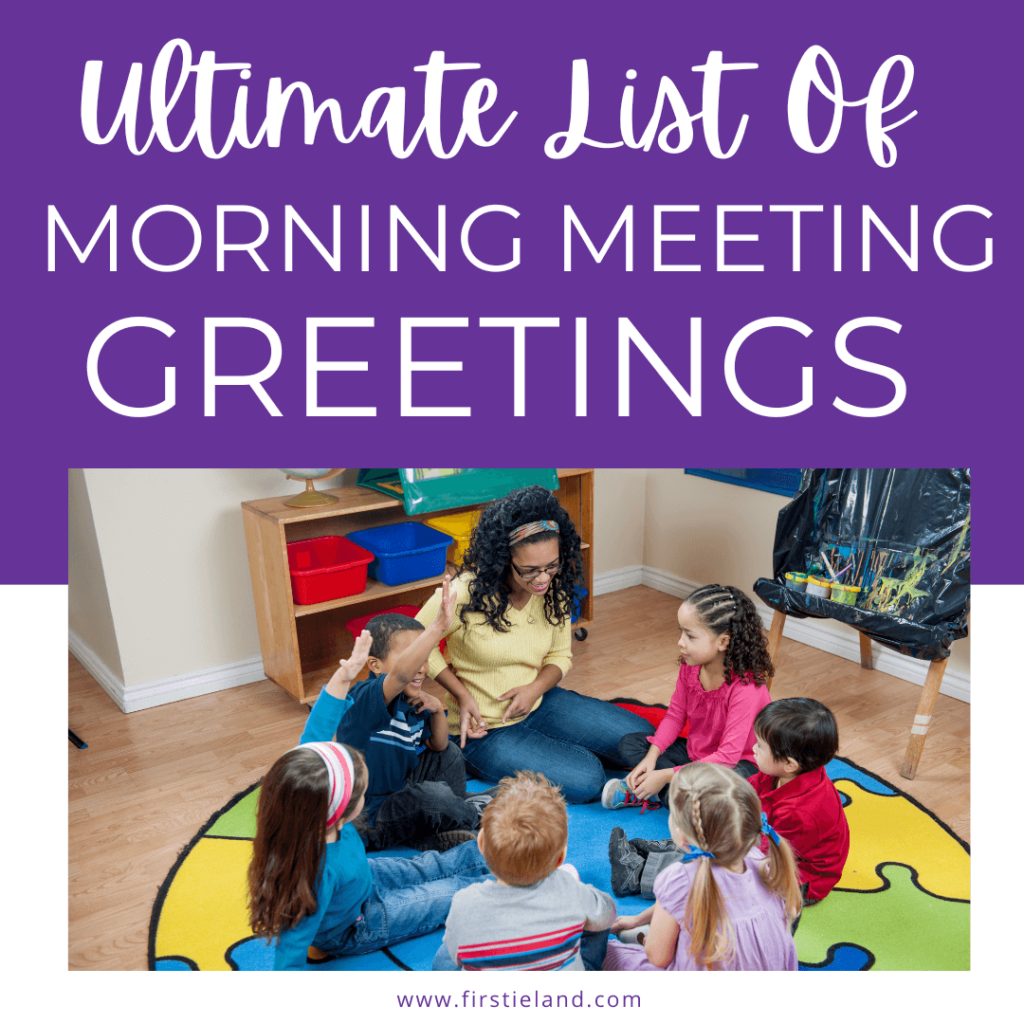
SAVE THESE IDEAS FOR LATER!
Take a minute to save these tips to your favorite morning meeting Pinterest board so you can remember them later!



